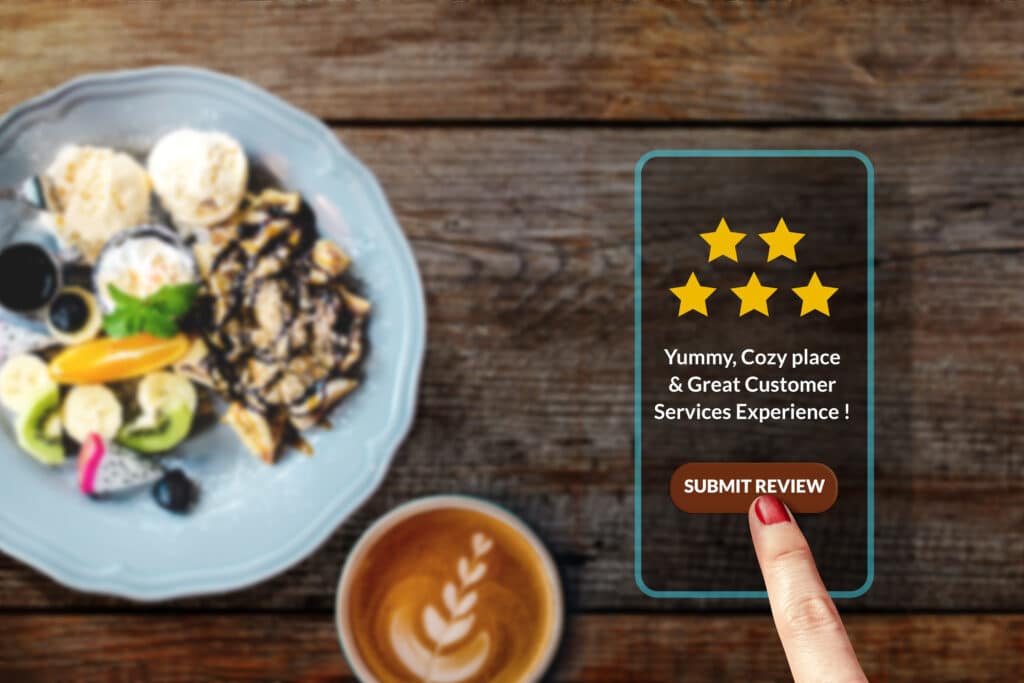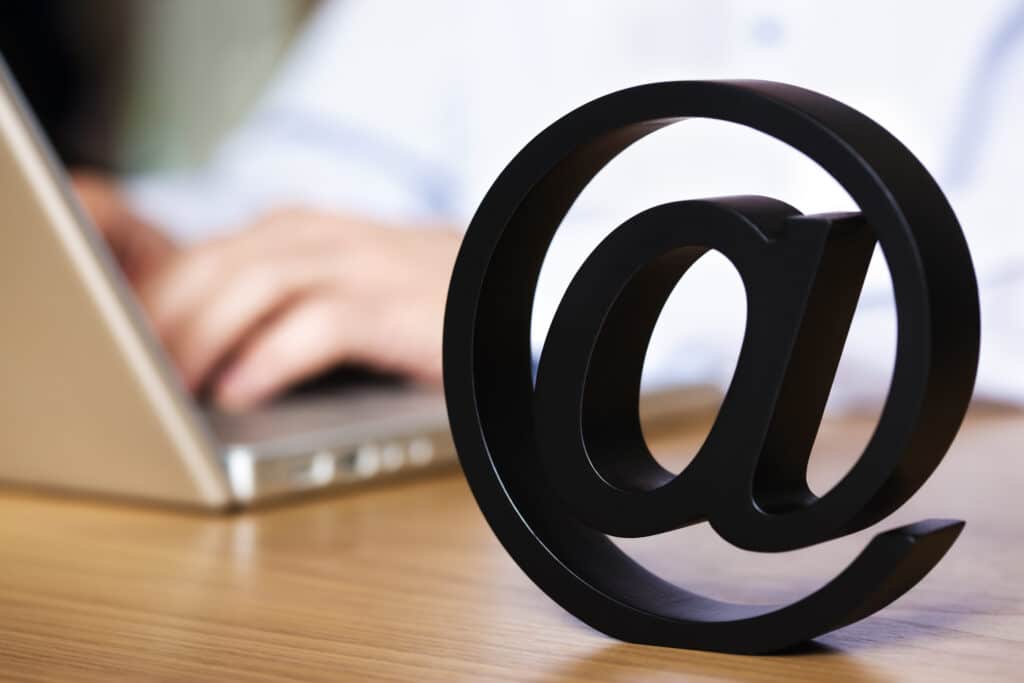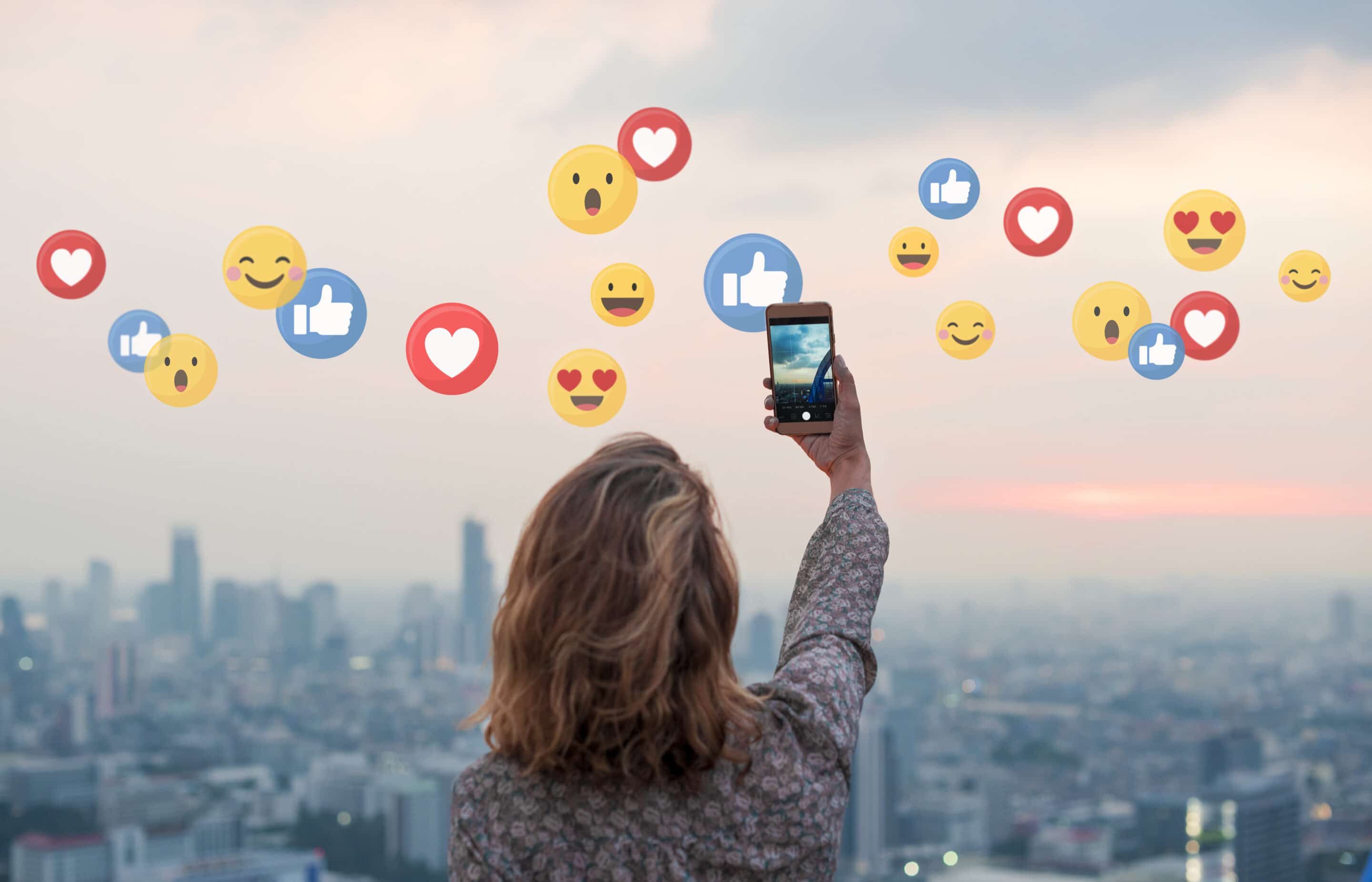How much do you know about micro-influencers? The way we find out about the products and services we love has evolved at an exponential rate over the years. However, one fact will always remain the same; we are more likely to make a purchase when the product is recommended by the people we trust. And whether you find out about these products from your friends at weekly book club or from the Instagram influencer on your feed, it all comes down to one thing: word of mouth marketing.
The term “influencer” has become more and more familiar to both marketing professionals and the everyday person within the last five years. When people think of “influencers,” they think of people like Kim Kardashian or James Charles, who have millions of followers, are very wealthy and are typically well known. However, this is only a small portion of influencers out there. Today, we are going to focus on micro-influencers and how even businesses with the smallest of budgets can, and should, be utilizing them.
What Are Micro-Influencers?
According to Hubspot, “Micro-influencers are social media users unlike typical celebrities, experts, or public figures. They’re individuals who work or specialize in a particular vertical and frequently share social media content about their interests. Unlike traditional “influencers,”micro-influencers have a more modest number of followers — typically in the thousands or tens of thousands — but they boast hyper-engaged audiences.”
The main difference between typical influencers and micro-influencers, is the degree of trust the individual has with their audience. Someone like Kim Kardashion, or any other influencer with millions of followers, has an enormous reach. However, many people might not trust a sponsorship or partnership that they do with a brand. This can be for a variety of reasons. For one, someone like Kim Kardashian will typically post one photo posing with a brand’s product and the assumption will be that she probably doesn’t even use it. This is still a useful tactic for brands with huge budgets to gain exposure. But when you have a limited budget to work with and want to make every dollar count, a micro-influencer is the way to go.
A micro-influencer typically specializes in one focus area. For example, someone’s focus area could be reviewing hotels or Airbnbs in a regional area, such as the Pacific Northwest or within a specific state. This individual might have a range of around 1,000-15,000 followers and their audience knows a lot about their life and feels like they can trust the recommendations they put forward, since their reputation is very important.

There is a micro-influencer for every industry, even extremely specific ones. No matter what your product or service is, there is someone out there who reviews or talks about those products. Books, food, clothing, makeup, technology, apps, tv shows and so much more!
Why Are Micro-Influencers Important For Small Business Marketing?
One of the main reasons is because micro-influencers are more likely to be a marketing option if you have a smaller budget. While this is true, there are many other reasons why small businesses will benefit from this marketing strategy. Here are three of them:
- You can find and reach your target market in an extremely effective way. Like mentioned previously, micro-influencers tend to focus on a specific industry or business vertical. This means that they are considered an expert in their field and if they recommend your product, their audience will trust their opinion. An article from Impact states, “These smaller, more focused niche experts connect on a deeper level with their audiences and generate greater engagement.” If you can get an influencer whose audience aligns with your target market, then you have a direct channel to the people you want to find and purchase your product.
- Micro-Influencers have active followers and high engagement rates. According to Bizness Apps, “Markerly’s Instagram research found that as an influencer’s numbers of followers increases, their number of likes and comments decreases.” Why is this? Well, this could be caused by a variety of factors. For one, as influencers increase their following and take on more and more sponsorships, they can be seen as greedy, untrustworthy or like they would promote any product if the price is right. However, with micro-influencers, we know this is not the case as their success relies heavily on their reputation and are much less likely to deviate from the people who support them.
- There are more options to choose from. A route many businesses take is looking for micro-influencers within their zip code, or local area. This is a great option because people in your same town/city will feel more connected and have more loyalty to your brand. With this in mind, you are much more likely to find a variety of individuals with a range of 1,000-10,000 followers on social media, than individuals with upwards of 100,000 or more. Therefore, you’ll find a larger pool to choose from when looking to expand your influencer marketing. Always look local first if you want to grow public awareness of your business.
Now That You Know All About Micro-Influencers, How Can You Begin Utilizing Them For Your Business?
Once you decide micro-influencer marketing is the route you’d like to take for your small business, it’s important to come up with a game plan, especially if you have a limited budget to work with.
The most important thing to consider is what you want to achieve. Do you want to create more general awareness about your business? Or is there a specific new product you’d like to draw attention to? The most common goal for small businesses is creating general awareness, growing your audience and building up your customer base. According to an article from Forbes, “For a brand to achieve the best possible ROI on a campaign, it’s ideal to hire a group of micro-influencers. Micro-influencers will not have the same reach as the macro influencer celebrity, therefore, working with a group of micro-influencers is necessary to increase the reach of a campaign.”
You’ll also want to do a significant amount of research. This is the case with any new initiative or campaign, but especially when it comes to choosing the right micro-influencers for your business. The choice could impact your overall results by a large margin. As this is one of the most important steps, here are a few tips and best practices for finding the right influencer(s) to reach out to:
- Look through your branded hashtags on Instagram. Most businesses have a few hashtags they tend to use quite often on their posts and usually, are pretty specific to their niche. By clicking on these different hashtags and finding the people who share the same type of content, you’re already narrowing down your pool of potential micro-influencers. This is a quick way to get closer to the people you want to reach. If you find accounts that already follow your account or interact with your posts, then this should bump them up on your list since they will already be familiar with your company.
- Browse micro-influencers by location. As mentioned above, a great way to grow your customer base is through reaching people within your own region or community and obviously, the best way to reach these people is through local influencers. A quick way to do this is through searching for posts or accounts based on tagged locations. Most influencers will tag their location on each of their posts. This could be a broad location, like the city, or it could be more specific, like if they were eating at a local restaurant or shopping at a local store. Think about local businesses that might be similar to yours in various ways or direct competitors to you. Most often, micro-influencers who review or promote these businesses will show up as the “top posts” when you click on that location. This is a great way to find the micro-influencers who are directly integrated into your local community.
- Using influencer databases and research tools. As influencer marketing is becoming more and more popular, companies have created websites for businesses to find the perfect influencer to work with. Many times, influencers will input themselves into databases in order to get their name out there in hopes of finding collaborations with brands. Because of this, you’re bound to find someone who is interested in working with you. A couple useful tools to help with this include SocialBlade and People Map. It’s also important to look at statistics and the influencer’s engagement rates. You’ll want to make sure that influencers you reach out to have real followers, not purchased ones. The best way to know this is by analyzing their engagement rate. If their engagement rate (the ratio of likes to followers) is extremely low, then that might be an influencer to avoid. A great website to use for this is Fohr Card. According to Later.com, Fohr Card “offers a number of tools for businesses to determine whether or not an influencer has an authentic following on Instagram. The Follower Health Tool provides a breakdown of an influencer’s followers-to-following ratio, username, bio, number of posts, and then calculates an overall “score” based on how the influencer ranked in each of those categories.”
Often, micro-influencers are searching for opportunities to get paid and grow their platforms, which makes reaching out to them a lot less intimidating. With that being said, never expect to get a mention, shoutout or product shot for free. Asking for that is often seen as disrespectful and can ruin potential relationships with influencers.
According to Buffer, the best ways to reach out to micro-influencers is via email, through direct messages on their social media platforms or by commenting on their posts. Depending on how familiar you are with the person you’re reaching out to, or how formal you want the interaction to be, certain methods may be preferred. You should always be respectful and straightforward. If you’re planning to begin your influencer marketing campaign several months, or more, into the future, then try building a relationship with the person you’re hoping to work with early on. Like their posts, engage with their Instagram stories and let them know you like their content. This shouldn’t be in a spamming fashion. Rather, it should be genuine interactions over time. If you build up this relationship with someone for a while, then direct messaging them might be the best method of communication, especially if you have spoken to them in the past.

Determine What You Want From The Micro-Influencer
It’s very important to know what you’re looking for from a micro-influencer. Do you just want to send an influencer your products for free in hopes they will post about them? If you’re positive they will love your product and they have shown that they post about various brands often, this could be a great money-saving route and a way to build up that working relationship. However, there’s a good chance they won’t post about it without financial compensation, which is important to consider when sending out free products.
Do you have a set budget you’ve set aside and know how much your small business can offer to each micro-influencer in exchange for product promotion? Make sure to define this up front. Some influencers might only accept a sponsorship if cash payment is involved, but some might promote your product if you send it to them for free. Everyone is different. You’ll want to make sure there is some sort of contract or written agreement involved, otherwise things could get messy.
Also, how often are you expecting the influencer to post? Different services cost varying amounts. Once again, have an idea for how you want the influencer to promote your product. Figure out what this person does most often and also, determine what will display your product the best. It could be a casual Instagram story where they talk about different aspects of your product or service. Or it could be a picture on their feed with a descriptive caption. It could be a video structured with a script or just a casual mention. Buffer says, “It’s often best to let the micro-influencers decide what they want to post as they know their niche and followers best. But as you know your brand and campaign goals better than them, you could let them know your guidelines.”
Is Micro-Influencer Marketing Something You’re Interested In?
There are so many reasons why small businesses can benefit from diving into this marketing strategy. You can truly get the most out of your investment with micro-influencer marketing. Still think you need some guidance? Three Girls Media’s team of social media experts can help reach the perfect micro-influencers for your brand. Contact us for a free consultation and watch your business grow through social media and micro-influencer marketing.
Special Offer:
Sign up for a complimentary consultation during December and receive an Annual Marketing Planning Guide valued at $475! We offer a 30-minute phone consultation with our CEO, and can answer your questions and discuss your specific marketing needs - no strings attached. Call 408-218-2391 or contact us today to arrange your consultation!


